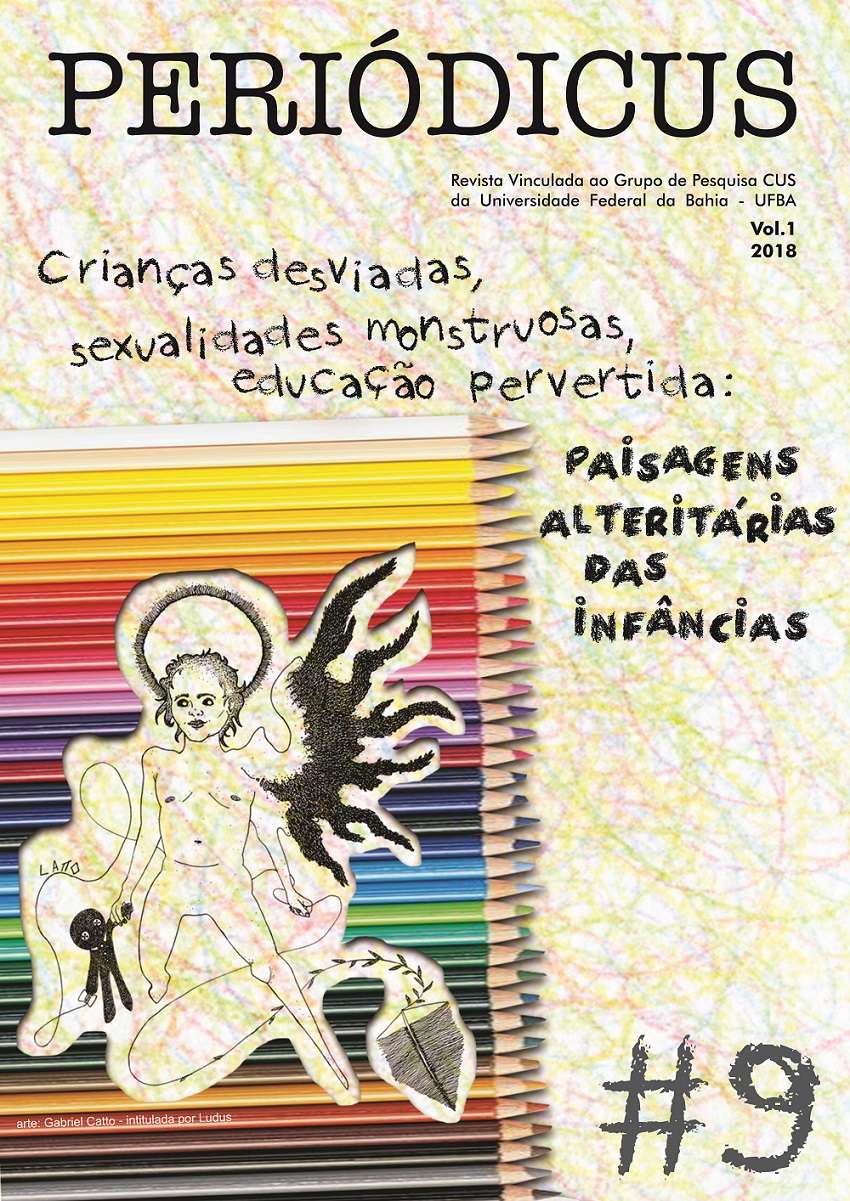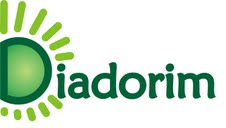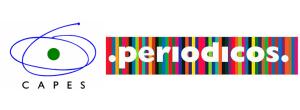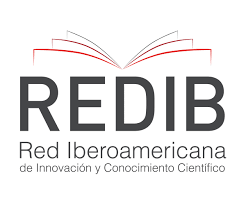Sobre ciborgues e monstros ou, como a mídia representa a infância queer
DOI:
https://doi.org/10.9771/peri.v1i9.25668Abstract
O artigo analisa um conjunto de matérias veiculadas na mídia brasileira entre 2010 e 2015 e que têm como foco crianças cujos corpos ou comportamentos destoam das hegemonias referentes a gênero e sexualidade. Crianças cujos comportamentos identificados como “estranhos” pela sociedade foram transformadas em pauta nos veículos nacionais. Corpos ciborgues e monstros que ganharam as páginas de jornal, reportagens de TV e manchetes em sites jornalísticos e que precisam de alguma forma ser traduzidos para o imaginário popular. Beatriz Preciado (2014), Judith Butler (2012), Donna Haraway (2000) e Michel Foucault (1988), constituem o aporte teórico privilegiado no trabalho analítico, que tem como principal objetivo descrever e problematizar a maneira que a mídia retrata meninas masculinizadas, meninos afeminados, crianças transgênero ou intersexo. O estudo coloca em discussão estereótipos produzidos e multiplicados na cultura midiática em relação aos universos infantis, sexuais e de gênero.
Downloads
Downloads
Published
How to Cite
Issue
Section
License
Copyright (c) 2018 Revista Periódicus

This work is licensed under a Creative Commons Attribution-NonCommercial 4.0 International License.
Authors who publish in this journal agree to the following terms:
Authors retain copyright and grant the journal the right of first publication, with the work simultaneously licensed under a Creative Commons Attribution Noncommercial License that allows the work to be shared with acknowledgment of authorship and initial publication in this journal, but prohibits commercial use.
Authors are authorized to enter into separate additional contracts for non-exclusive distribution of the version of the work published in this journal (e.g., publishing in an institutional repository or as a book chapter), with acknowledgment of authorship and initial publication in this journal.
Authors are permitted and encouraged to publish and distribute their work online (e.g., in institutional repositories or on their personal website) at any point before or during the editorial process, as this can generate productive changes and increase the impact and citation of the published work (see The Effect of Open Access).








